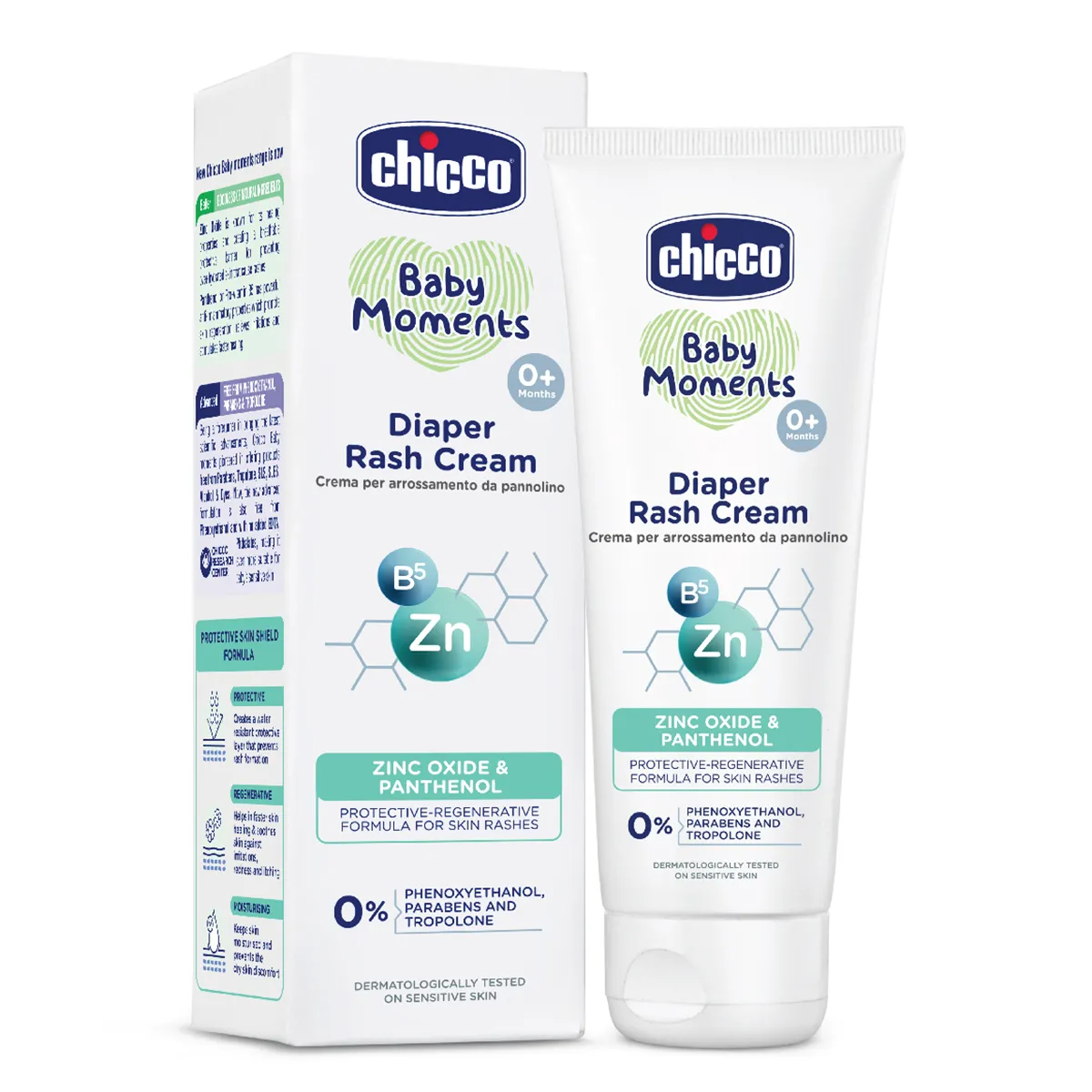Diaper rash is a common issue that many babies face, causing discomfort and irritation to their sensitive skin. While it’s a normal part of baby care, treating it promptly and effectively is crucial. That’s where diaper rash cream comes in—a product designed to soothe, heal, and protect your baby’s delicate skin. This article will explore what diaper rash cream is, how it works, and how to choose the best one for your baby.
What is Diaper Rash?
Before diving into the cream itself, it’s important to understand what diaper rash is. Diaper rash, also known as diaper dermatitis, occurs when a baby’s skin becomes irritated due to prolonged exposure to moisture, urine, stool, or friction from diapers. The skin becomes red, inflamed, and may even blister in severe cases. Diaper rash is common, but if left untreated, it can cause significant discomfort and, in some cases, lead to bacterial or yeast infections.
How Does Diaper Rash Cream Work?
Diaper rash creams serve two main purposes: prevention and treatment. These creams act as a barrier between the baby’s skin and irritants, keeping the skin dry and reducing friction. Most diaper rash creams contain ingredients like zinc oxide or petroleum jelly, which form a protective layer over the skin. This helps lock in moisture while shielding the skin from further irritation caused by wetness.
When a rash is already present, the cream not only protects but also soothes inflamed skin and promotes healing. Ingredients like lanolin, aloe vera, and calendula are commonly included for their healing and anti-inflammatory properties. Some creams also contain antifungal ingredients if a yeast infection is suspected.
Key Ingredients in Diaper Rash Creams
The effectiveness of diaper rash creams largely depends on their ingredients. Here are some key components to look for:
- Zinc Oxide: This is one of the most common and effective ingredients in diaper rash creams. It acts as a physical barrier, preventing moisture and irritants from reaching the skin. It’s also known for its soothing properties.
- Petroleum Jelly: Used in many popular creams, petroleum jelly provides a moisture barrier that helps protect the skin from further damage. It’s hypoallergenic and gentle on sensitive skin.
- Lanolin: A natural, wool-derived ingredient, lanolin is excellent for moisturizing and healing dry or chapped skin. It’s often found in creams designed for both prevention and treatment.
- Aloe Vera: Known for its cooling and anti-inflammatory properties, aloe vera can help soothe red, irritated skin and speed up the healing process.
- Calendula: This plant-based ingredient is known for its antibacterial and healing properties, making it a gentle, natural option for treating diaper rash.
- Antifungal Agents: Some diaper rashes are caused by yeast infections, especially if the rash has been persistent or worsened despite regular treatment. In such cases, diaper rash creams containing antifungal ingredients like clotrimazole may be recommended.
How to Apply Diaper Rash Cream
Using diaper rash cream is simple, but proper application can enhance its effectiveness. Here’s a quick guide:
- Clean the Area: Before applying the cream, ensure your baby’s skin is clean and dry. Use a gentle, unscented wipe or warm water to clean the diaper area. Pat the skin dry with a soft towel.
- Apply a Thin Layer: Using your fingers, apply a thin layer of the cream to the affected area. Focus on areas that look red, irritated, or where the rash is most prominent.
- Reapply with Each Diaper Change: It’s important to apply the cream with every diaper change, especially if your baby is prone to rashes. This will help prevent further irritation and promote healing.
- Change Diapers Frequently: Keeping your baby’s skin dry is key to preventing and treating diaper rash. Be sure to change their diaper as soon as it’s wet or soiled.
Choosing the Right Diaper Rash Cream
There are many diaper rash creams on the market, but choosing the right one depends on your baby’s needs. Here are some tips to help you decide:
- For Sensitive Skin: If your baby has sensitive skin, opt for creams that are free of fragrances, dyes, and harsh chemicals. Look for natural ingredients like aloe vera, calendula, or coconut oil.
- For Severe Rashes: If your baby has a severe rash or a rash that seems to be caused by a yeast infection, a stronger cream containing zinc oxide or antifungal agents may be necessary. In these cases, consult your pediatrician for recommendations.
- For Everyday Use: If your goal is to prevent rashes rather than treat them, choose a gentle, daily-use cream that offers moisture protection without being too heavy or greasy.
When to See a Doctor
While diaper rash is usually mild and can be treated at home, there are times when you should consult a doctor. If the rash is persistent, worsens despite treatment, or is accompanied by fever or blisters, it could be a sign of an infection. Your pediatrician may prescribe a stronger cream or ointment to treat the infection.
Conclusion
Diaper rash is a common but easily manageable part of raising a baby. With the right diaper rash cream and good diapering habits, you can keep your baby comfortable and rash-free. Remember to choose a cream that suits your baby’s skin type and needs, and always apply it with care to ensure the best results.



